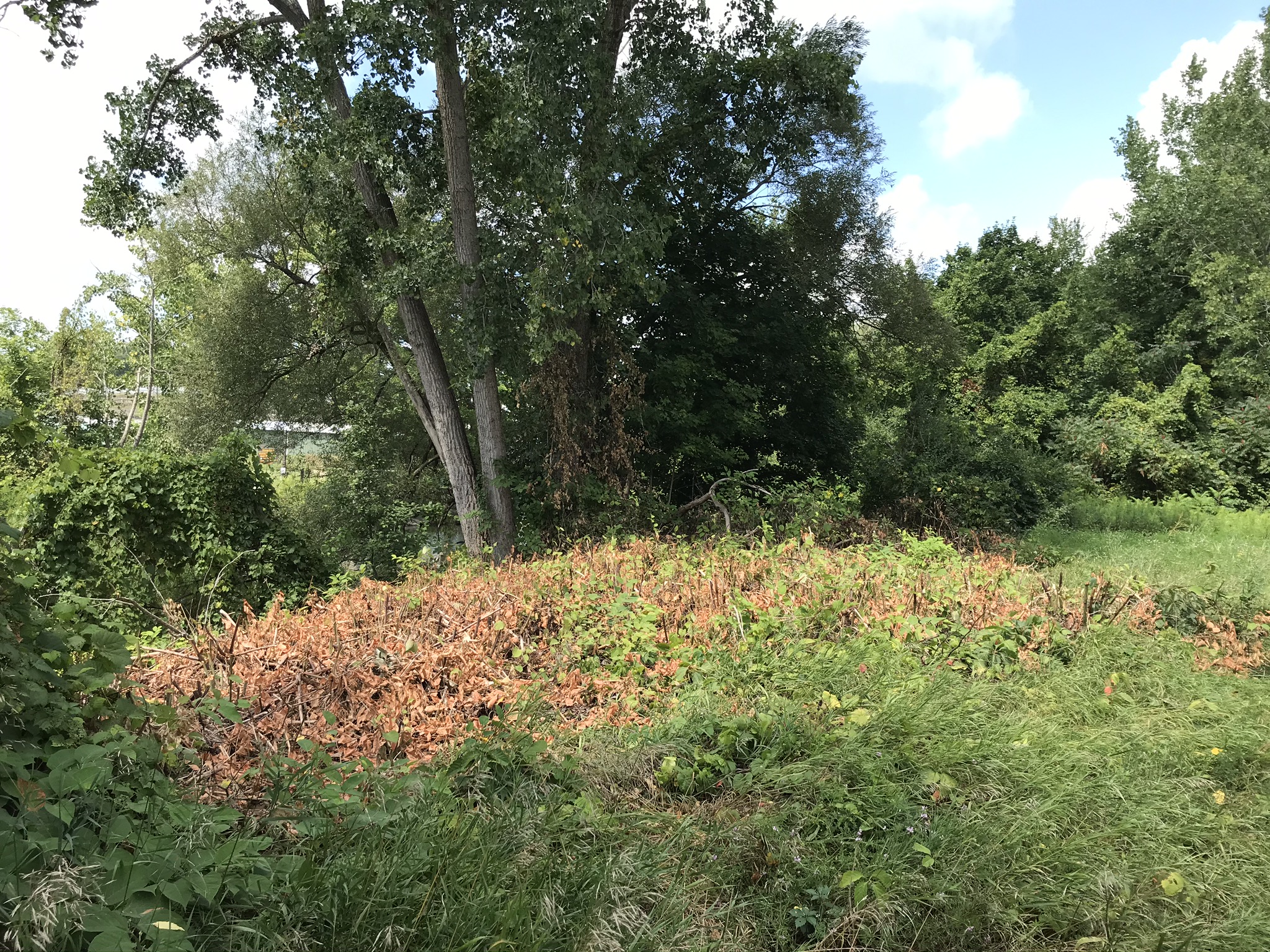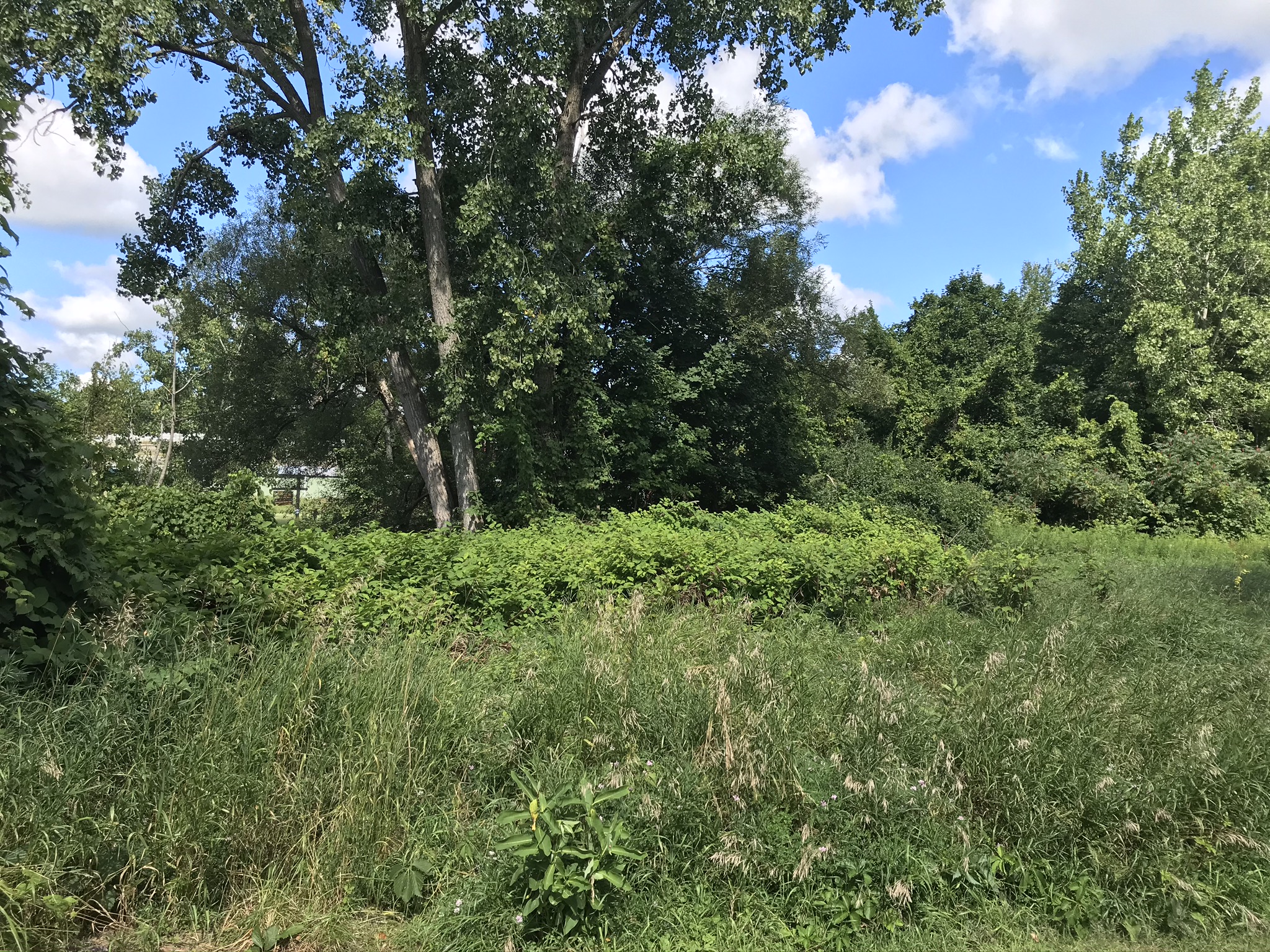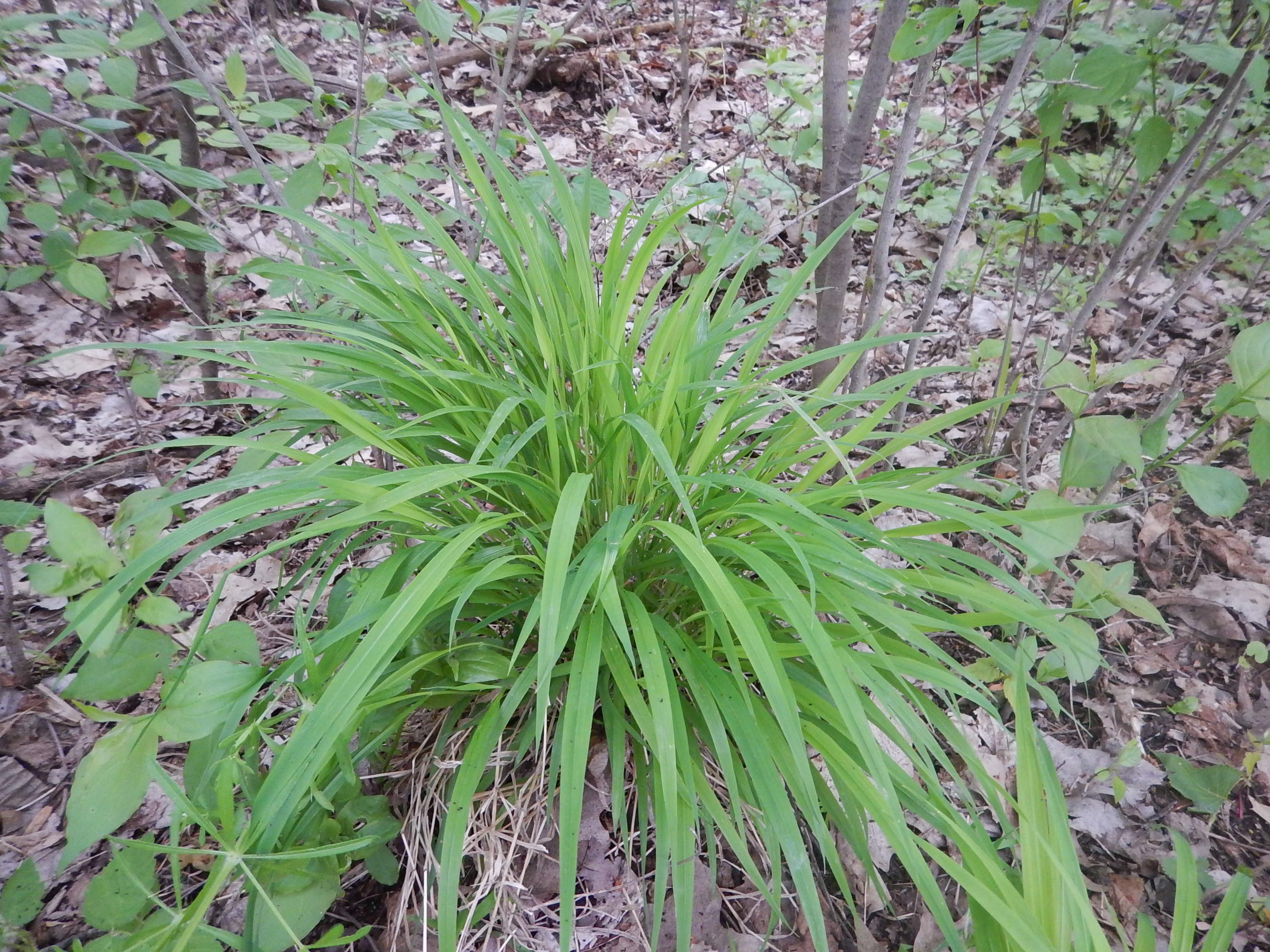Invasive Species
An invasive species is is any organism that is not indigenous or native to a particular area. Often accidentallly introduced, an invasive species is clasified as those that are able to easily adapt to a new environment, reproduce quickly, and negatively impact the economy, ecosystem, as well as the native plants and animals. Not all non-native species are invaisve however, such as most of the food crops grown in the United States. But for the non-native invaders that take hold and cause harm, eradicating them can prove to be a nearly impossible task.
Wyoming Co. Soil and Water Tackles Japanese Knotweed
Native to Eastern Asia, Japanese Knotweed was introduced to the U.S. in the late 1800s as an ornamental plant for estates. It quickly became a problematic invasive species as the aggressive invader’s roots can spread up to 65+ feet tall, taking over disturbed areas, streams, riverbanks, and road sides. Japanese knotweed can thrive in a broad range of environmental conditions allowing it to spread across 42 U.S. states from the deep Southern Gulf states to the Rocky Mountains.
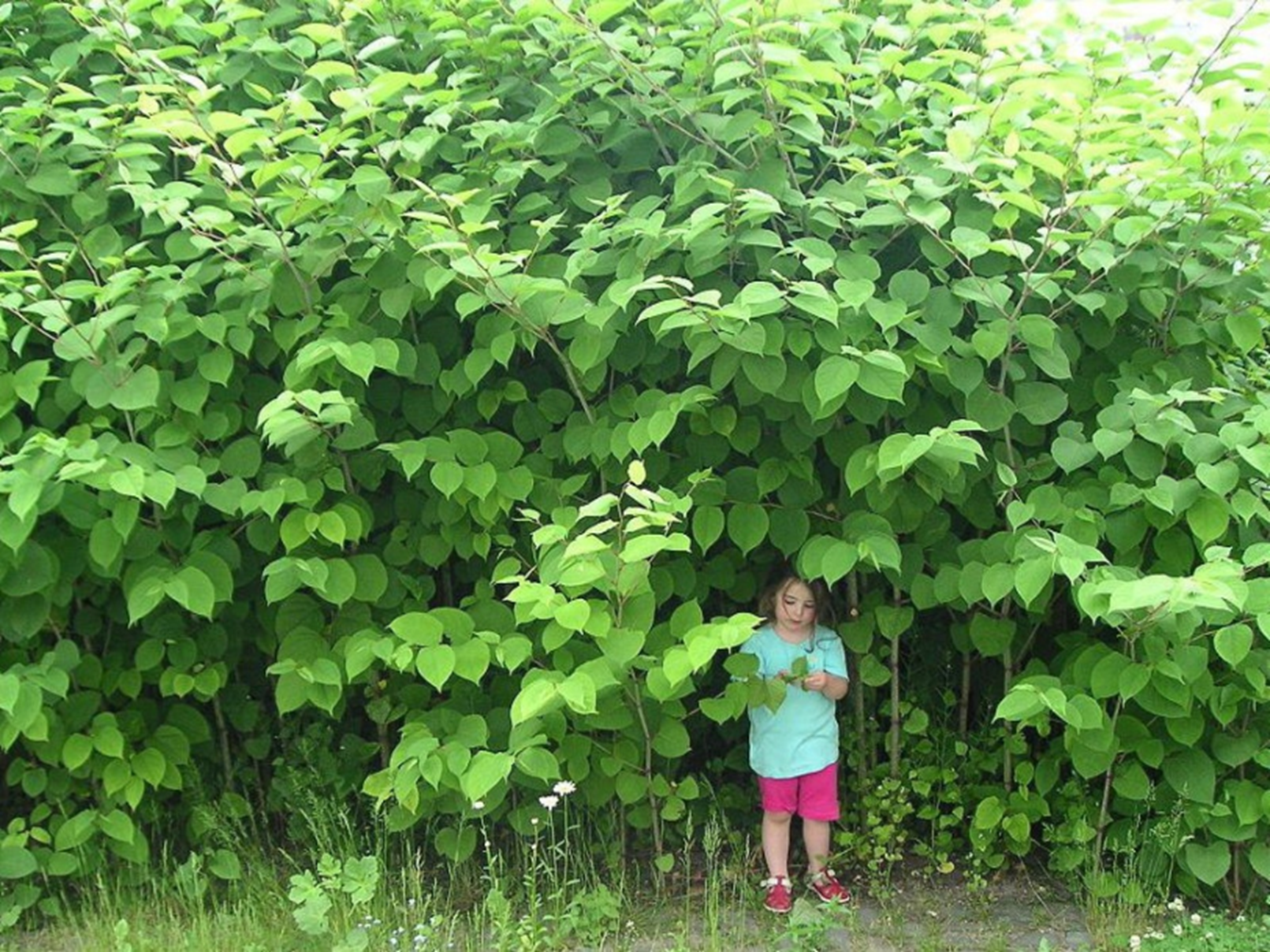 Japanese Knotweed is an herbaceous, woody- appearing perennial that reaches heights of 15 ft. The smooth, stout, stems are hollow and have a reddish appearance with green spots. The broad leaves about the size of an adult hand alternate along the stem and are roughly oval and heart shaped. Sprays of white flowers can be seen above the leaves from August to September.
Japanese Knotweed is an herbaceous, woody- appearing perennial that reaches heights of 15 ft. The smooth, stout, stems are hollow and have a reddish appearance with green spots. The broad leaves about the size of an adult hand alternate along the stem and are roughly oval and heart shaped. Sprays of white flowers can be seen above the leaves from August to September.
Japanese Knotweed shades and chokes out native plants, reducing the overall vegetative diversity, altering the natural ecosystem, and negatively impacting wildlife habitat. The bare ground beneath dense thickets of knotweed leave the soil vulnerable to erosion. In addition, knotweed has been known to grow through the cracks in cement, between floorboards and through the joints of stone walls. The combined effects on nature, the integrity of manmade structures, as well the extreme difficulty in killing this plant makes it a high priority for most conservation organizations.
Wyoming Co. Soil and Water Conservation District is designating considerable time and resources for Japanese Knotweed removal. Select locations along the East Koy and Wiscoy with severe Knotweed invasion are first cut by hand and later sprayed with herbicide as the new growth sprouts. The targeted areas were chosen as they are high traffic fishing locations and are more susceptible to erosion along a stream bank.
Site in Pike, NY with Knotweed prior to cutting and spraying. Site after being cut and treated with herbicide.
A New Partnership with Beaver Meadow Audubon Center and Wester NYS PRISM
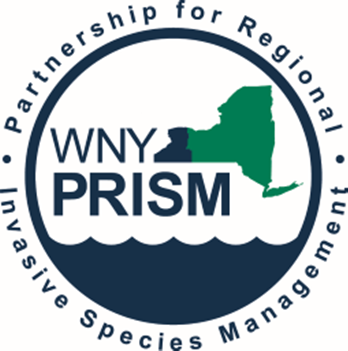
Beaver Meadow Audubon Center, located in Java, NY is a 324– acre nature preserve with one of the most pristine natural habitats in Wyoming County. A popular place for hiking, educational events, and bird watching. Beaver Meadow’s ecological sensitivity has led to a partnership between Soil & Water and Western NYS PRISM for a joint effort in surveying invasive species and accessing overall habitat health. It is our hope to continue our relationship with these organizations and later develop a management strategy for the removal of invasive plant species.

Noteable Invasive Spieces to Watch for in Wyoming County
Spotted Lantern Fly: The Spotted Lanternfly is on the Western NYS PRISM watch list due to the damage they can do to plants and trees. The adults and the nymphs suck sap from the stems and leaves of their host plants, causing structural damage, reducing photosynthesis, and will weaken the plant until death. Spotted Lanternfly damage also leaves the plant or tree more vulnerable to other potentially harmful insects.
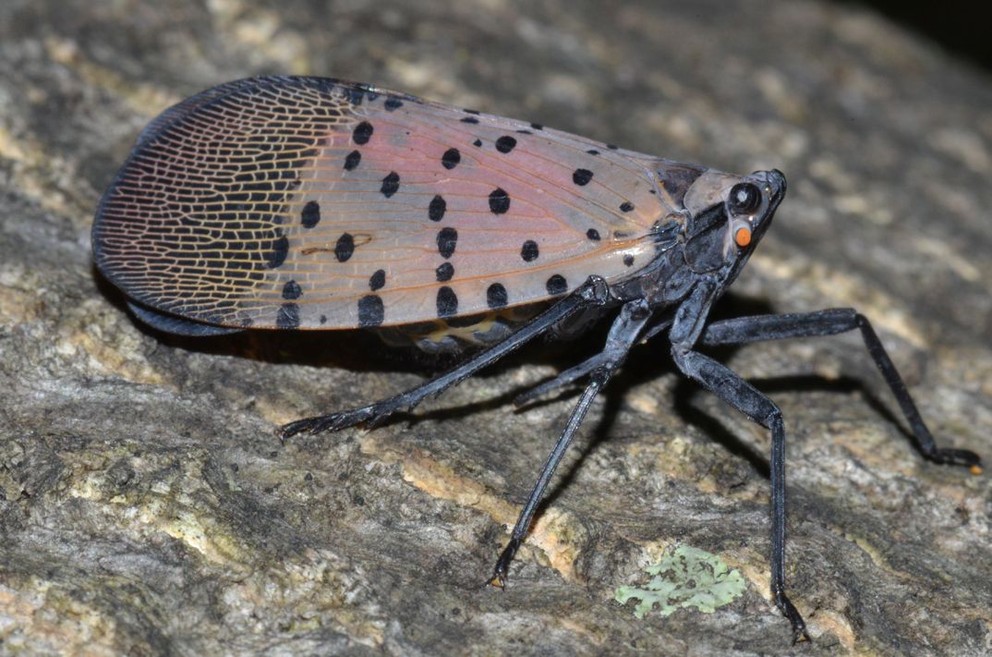
Purple Loosestrife: Puple Loosestrife invades disturbed wetlands and natural lands altering their ecological and structural functions. This invader flourishes in a variety of wet habitats, and can often be seen near marshes, stream banks, and the edges of ponds. It is tolerable of a wide variety of moisture, nutrients, and pH conditions.
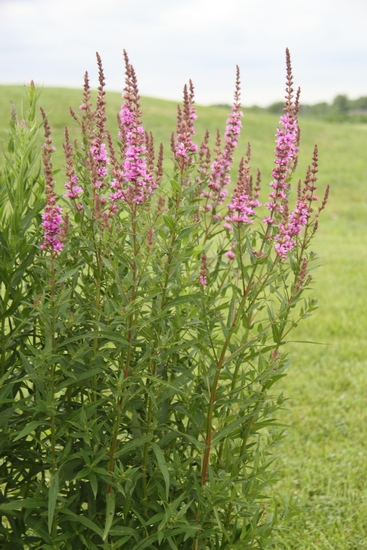
Buckthorn: Buckthorn is a deciduous shrub or small tree that will estabilsh itself in a wide range of environments and environmental conditions. Buckthorn produces seeds rapidly and forms dense thickets that choke out other native plant species. Buckthorn also has a negative impact on birds, as its fruit is nutritionally poor and leads to malnutrition.
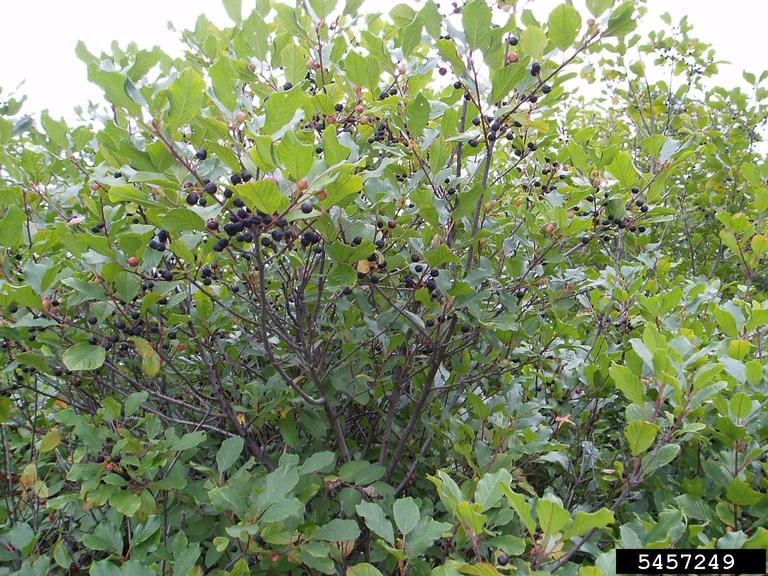
Giant Hogweed: Giant Hogweed is on the federal list for noxious weeds due to the dangers of the sap that cause severe burns. This weed also diplaces native species and increases soil erosion. If you suspect you've found Giant Hogweed, do not touch the plant. Take photos of the entire plant (stem, leaves, flower, seeds), note the location, and send a report with the information via email to ghogweed@dec.ny.gov, text to 518-320-0309, or call the Information Line at 845-256-3111. If confirmed, DEC will contact the landowner to discuss control options.
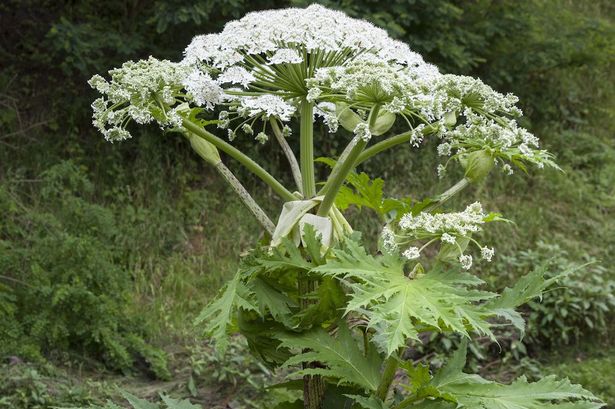
Wild Parsnip: In the same family as Giant Hogweed, Wild Parsip's sap can cause severe burns and scaring if it comes into contact with your skin. This plant can infest farm fields and can degrade the quality of crops. Caution should be taken when managing this plant via cutting or mowing.
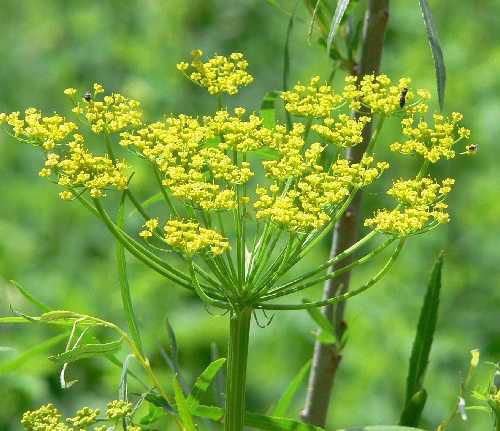
Slender False Brome: Slender False Brome produces an abundance of seeds that are easily transported by mowers, hikers, and deer. It quickly estabilshes a new colony and outcompetes all other native species. Slender False Brome is not edible for livestock or other wildlife.
Mile-A-Minute Vine: Mile-A- Minute Vine is a vine that rappidly spreads and smothers out other native plants and trees.With the ability to grow up to 6'' a day, it can be detrimental to tree farms, forestry operations, and forest restoration projects.
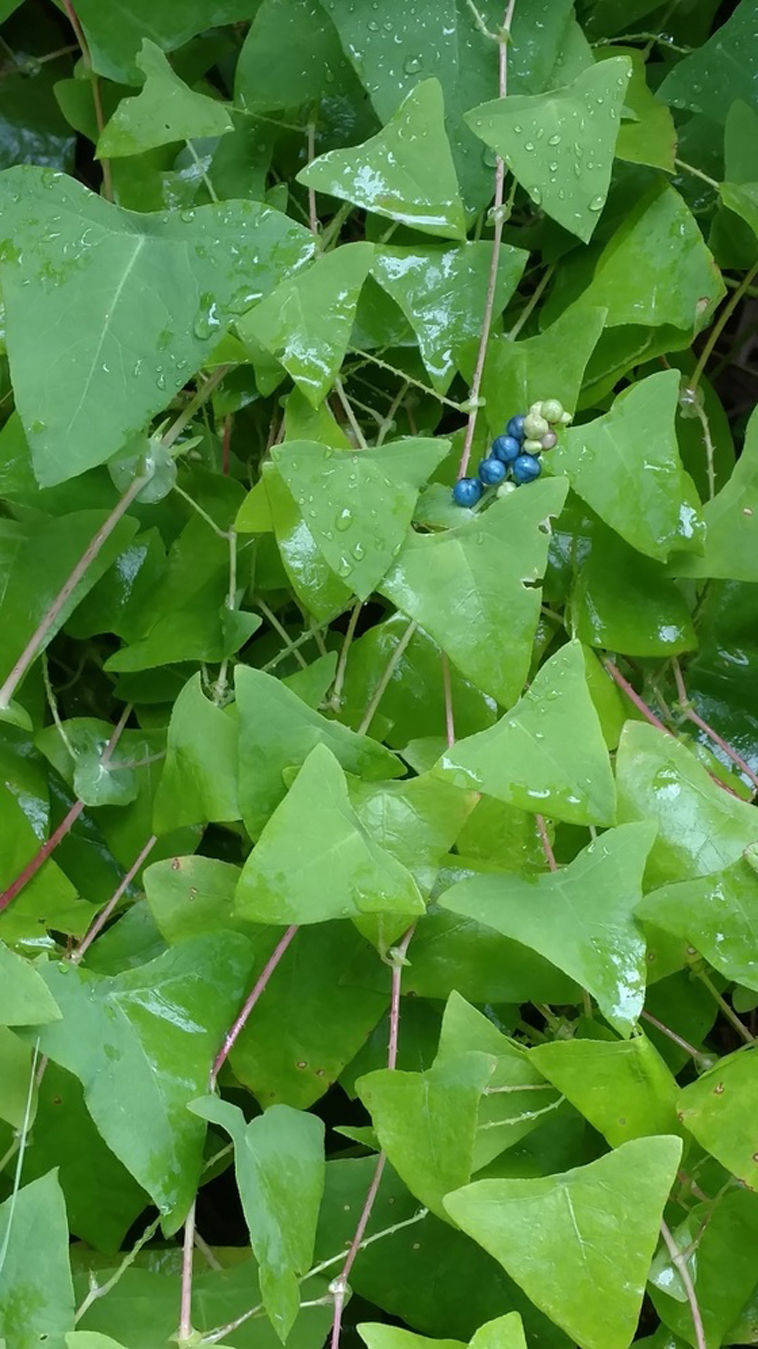
Emerald Ash Borer: The larvae of the Emerald Ash Borer feed on Ash tree tissue, effectively killing the tree in time. D-shaped exit holes in the bark, S-shaped larval galleries, branches and shoots that grow from the base of the tree, and excessive woodpecker activity are all symptoms of infestation.
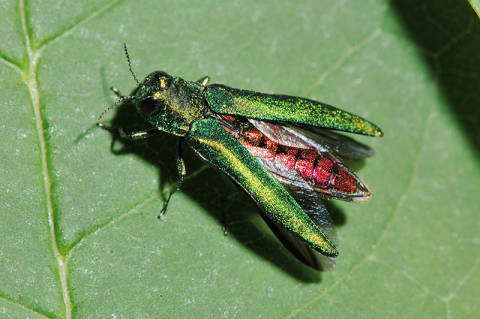
Hemlock Woolly Adelgid: Developing adelgids feed on the young hemlock tissue during the fall and winter months, including starch reserves that are critical for the tree’s survival. Decline and mortality for hemlock trees occur within 4-10 years of infestation.
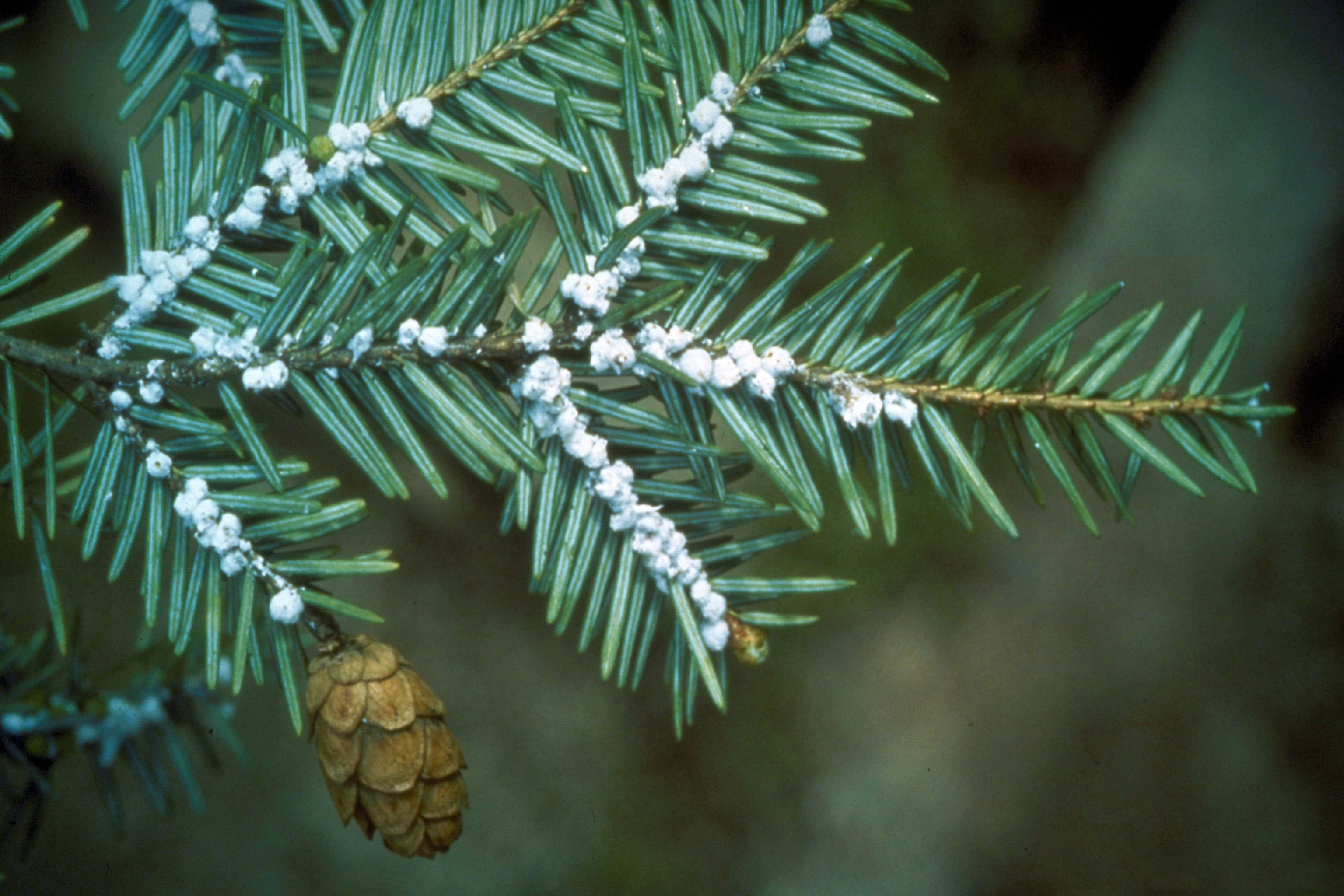
Quagga Mussel: The Quagga Mussel covers underwater surfaces, displaces native species, and reproduce faster than they’re consumed. They also filter the water, affecting the water clarity and altering the aquatic ecosystems food chain.
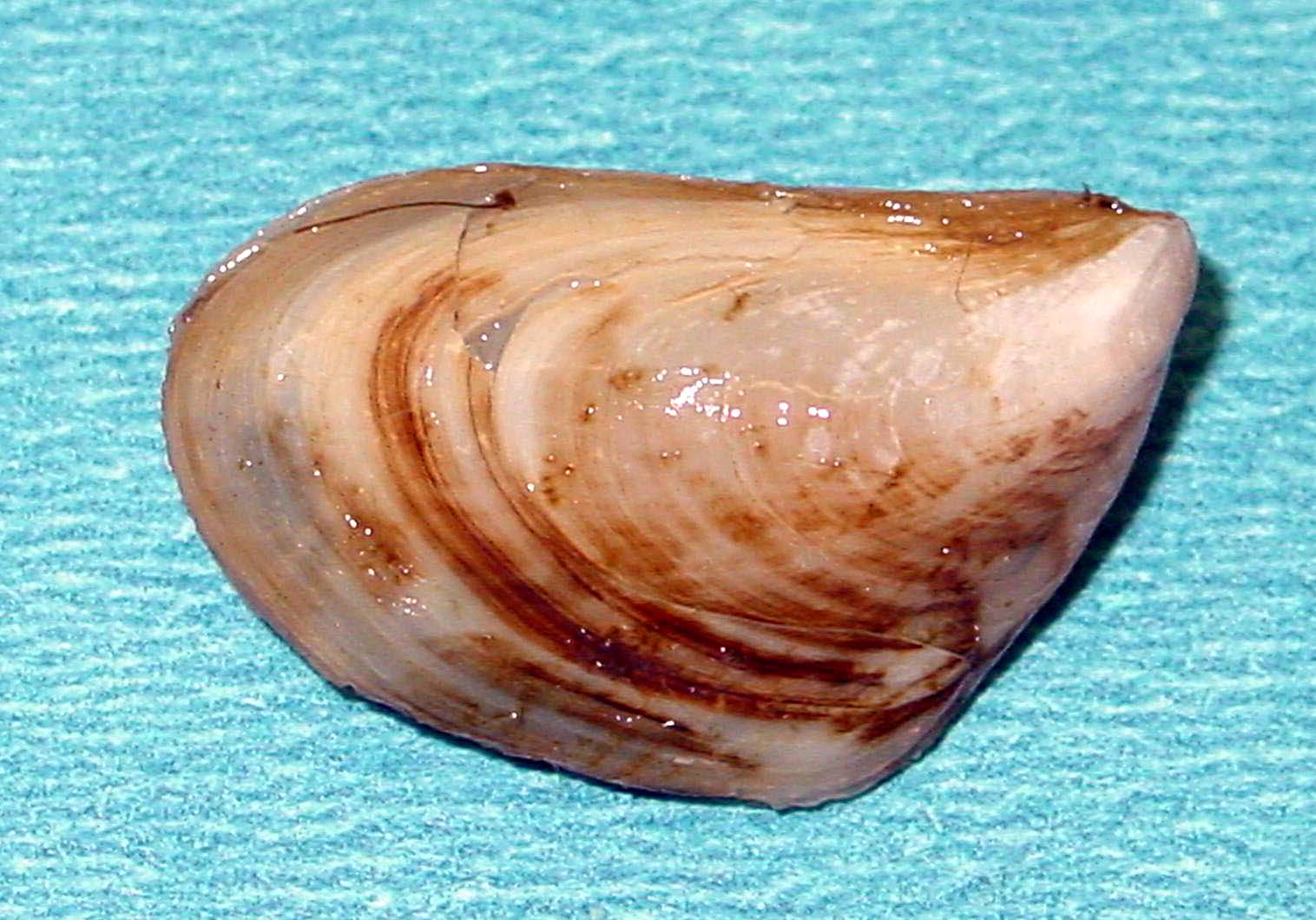
For more information reguarding the invasive species listed above and others invasive species to watch for in Upstate New York, please visit the Western New York State PRISM website link below:
https://www.wnyprism.org/get-involved/learn-about-invasives/
For information on getting involved in reporting invasive species spotted in your area, please visit the link below:
https://www.wnyprism.org/get-involved/report-invasive-species/
